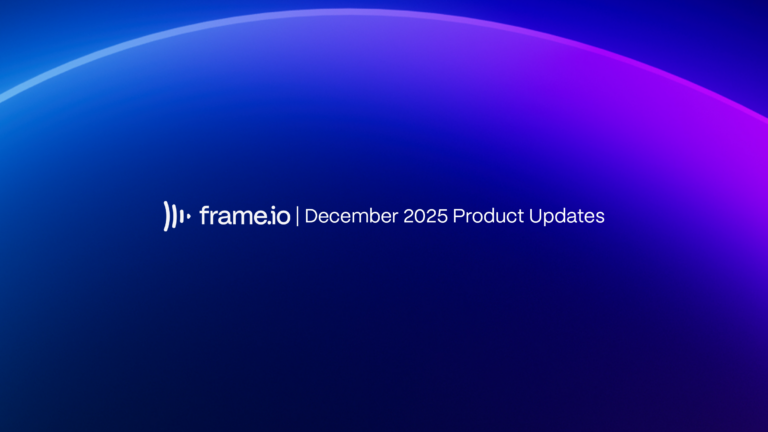While video creators have relied on Frame.io to collaborate in the cloud for nearly a decade, expanding that functionality to photography workflows began in 2022 when we introduced Camera to Cloud integrations with Fujifilm in their X-H2 and X-H2s cameras, along with optimized photo review and approval tools within Frame.io.
Since then, we’ve been working hard to build out new features and integrations to further streamline photography workflows. The release of Frame.io V4 beta this year includes customizable metadata for new organizational capabilities, while client deliveries are enhanced by our revamped sharing experience. We now have over 11 different native camera integrations for photography, including the wildly popular FUJIFILM X100VI and an exciting new partnership with Panasonic LUMIX.
That’s why today we’re absolutely thrilled to announce a new beta release that allows users to send photos from camera to Frame.io to Adobe Lightroom, giving photographers an even faster route from capture to completion.
Every moment counts
What we’ve learned from our customers who’ve tried Camera to Cloud for photography workflows is that every moment counts. From the NHL’s Stanley Cup Playoffs and world tours for artists like Teddy Swims, to red carpet events for awards shows, keeping audiences engaged in the action matters. Capturing that amazing goal or that priceless “guitar face” and getting it live on social media minutes after it happens means everything to fans.
By introducing a direct connection with Lightroom through Frame.io, photographers can now instantly access their images, edit them, and deliver them. There are no tethers required and no need to remove and download camera cards.
Connecting one of the many Camera to Cloud-enabled cameras to a Frame.io project is a simple process that takes seconds. Once the camera is connected, all that’s required is for the photographer or editor to click “Connect to Lightroom” within their Frame.io project, where they’ll be prompted to log in with their Adobe ID.
Photographers can automatically send all files uploaded via C2C into their Lightroom account. If a more controlled approach is desired, photographers can also make selects in Frame.io and send their best shot into Lightroom for editing. Editors can access the images no matter where they’re located, in real time, and once the images have been retouched or edited they can upload them back into Frame.io for delivery or distribution.
Staying in the creative flow
With this new workflow, the photographer just has to take the picture. Even solo photographers responsible for editing their images and delivering to clients or social media don’t need to worry about stopping what they’re doing to offload, organize, and send files. Instead, they can focus on whatever event or show they’re covering, keeping them in their creative flow.
Not only does this workflow allow photographers to move faster and more creatively, it also reduces the amount of effort required to organize photos manually.
Imagine you’re a photographer for a large music festival. There may be multiple photographers or cameras capturing images. By using the Camera to Cloud workflow to Lightroom, all of the cameras can be paired to Frame.io, each with its own folder, keeping all assets organized automatically within Frame.io. As the image files flow into the folders, photo editors can work on adjusting looks for the photographer and stakeholders—even while they’re still shooting—so that the photographer can have more input into the final result and the stakeholders get exactly the look they’re after.
Peace of mind
And then there’s the peace of mind component. Because the image files are going directly to the cloud, there’s no immediate need to worry about making backups or copies. From news photographers who might be on assignment to photographers who only have a short time with a celebrity or athlete, having the files safely backed up in Frame.io automatically gives them the confidence of knowing that there’s no chance of losing valuable images if something were to happen to a hard drive or camera card.
Because the image files are going directly to the cloud, there’s no immediate need to worry about making backups or copies.
Or think about wedding photography—the wedding only happens once. Having the added confidence that the images are in the cloud reduces worry, while having them available for immediate editing means that the wedding party can see what’s been captured while the festivities are still in progress, or guests can leave with souvenir photos!
Regardless of the use case, photographers now have the ability to capture the moments that matter most and immediately begin refining and perfecting their images without having to break their flow to attend to file management chores.
Now in beta
The new Frame.io to Lightroom connection, which launches in beta today, requires a C2C-enabled camera from Fujifilm or Panasonic LUMIX, as well as a Frame.io Version 4 beta account. Meanwhile, we’ll continue to build increased functionality into the integration as Frame.io becomes even more accessible to photographers and videographers of all levels.
Learn more about Camera to Cloud to get connected!




